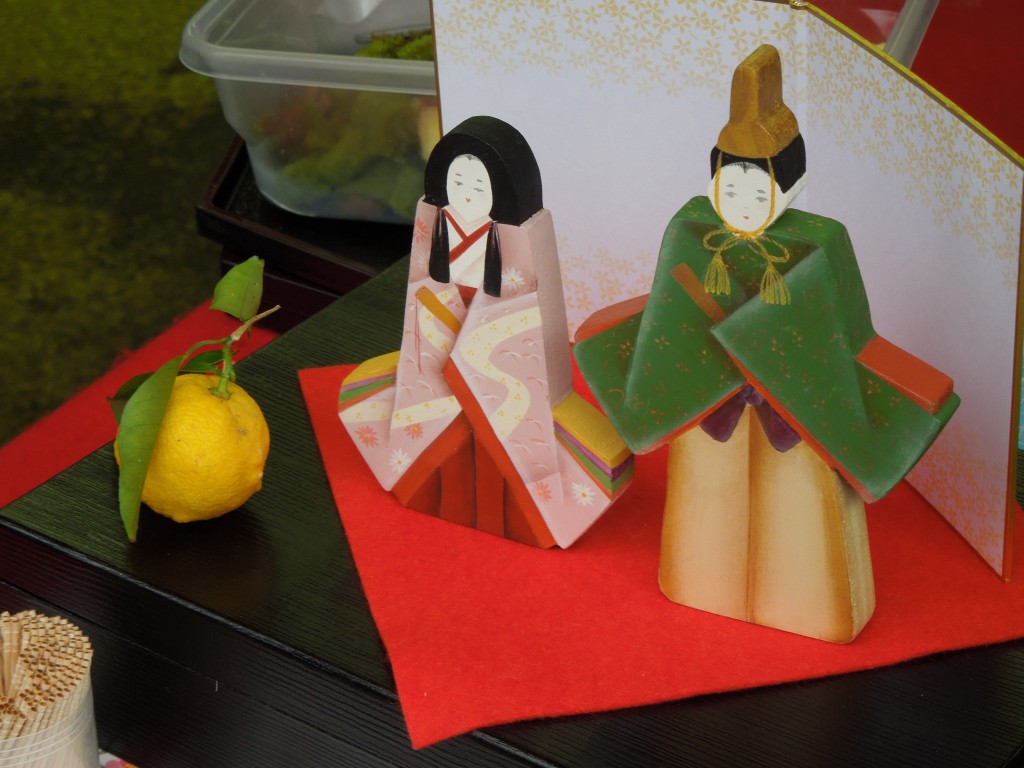
Doll representations of Sugawara no Michizane and his wife
The plum blossom festival at Kitano Tenmangu is one of my favourites, partly because it heralds the coming of spring and partly because it is such a bustling affair with an antiques market and tea ceremony served by geisha. The deified kami is the posthumous spirit of Sugawara no Michizane (see here), who died on the 25th of the month, which is why the festival celebrating his favourite plum trees takes place on that date in February. The Kansai Scene article below gives something of ‘the flavour’ of the festival.
***************************************************************************************
The taking of tea
KS steeps itself in the rites and rituals of ancient Japan…
Text: Bonnie Carpenter • Feb 1, 2014
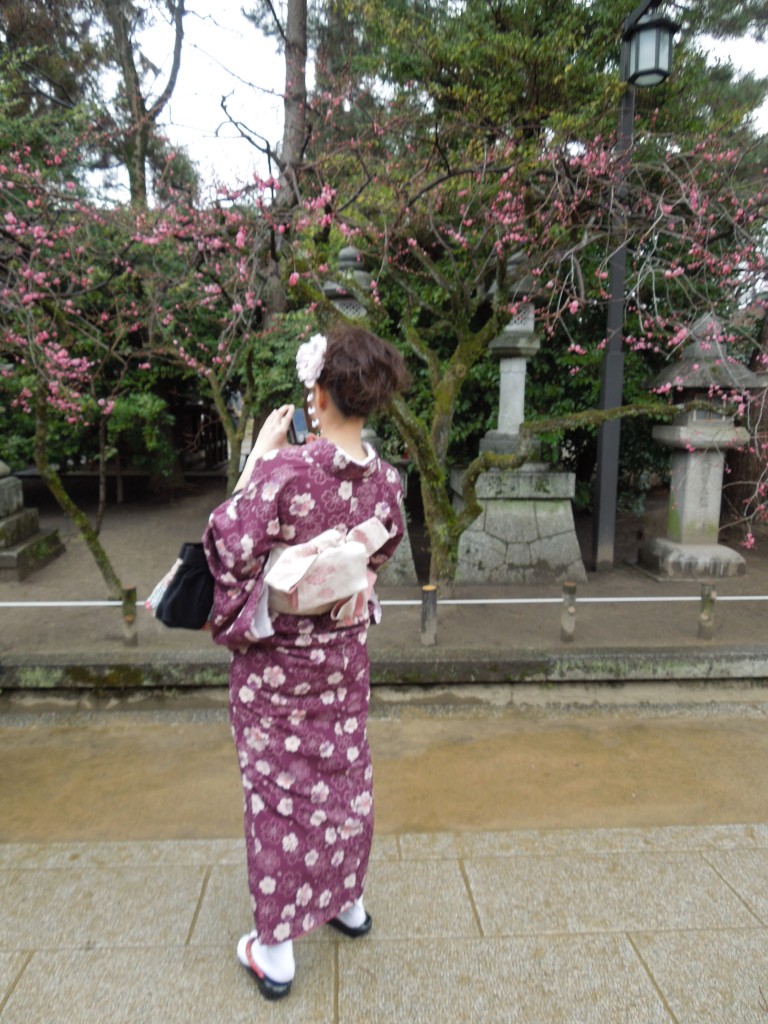
There are plum trees dotted around the shrine grounds, and a special grove of some 2000 trees where the tea ceremony is held.
Many foreign residents in Japan savour the chance to taste the Japan that was: historical, classical, ancient, removed from the modern clamour of cellphones and the ubiquitous Kitty-chan. An event that embodies so much of the grace and elegance of Japan’s yesteryear is Baika-sai or the Plum Blossom Festival, held yearly on February 25 at Kitano Tenmangu Shrine in Kyoto. This is a most rare opportunity to experience one of the most endearing and enduring of Japan’s cultural icons— geisha —serving tea to the public in an exquisite outdoor tea ceremony.
This event commemorates the death of Michizane Sugawara, a well-known scholar, politician, and plum-blossom aficionado in the Heian era. He was revered as a god of learning and scholastic study, so many students make the pilgrimage to the shrine to pray for success in their high school or university entrance exams.
The festival has been held on the same day every year for about 900 years with the outdoor tea ceremony or nodate, being added in 1952. What makes this event so special is that it is hosted by approximately 30 geiko and maiko, geisha and apprentice geisha, respectively, from the local Kamishichiken area.
The only etiquette required for the ceremony is you must remove and carry your shoes. One can then sit and be served tableside or join the elite sitting on the covered ground where one gets a prime view of an actual tea-making by geisha. You will be served a bowl of hot whipped matcha green tea and small sweet cakes.
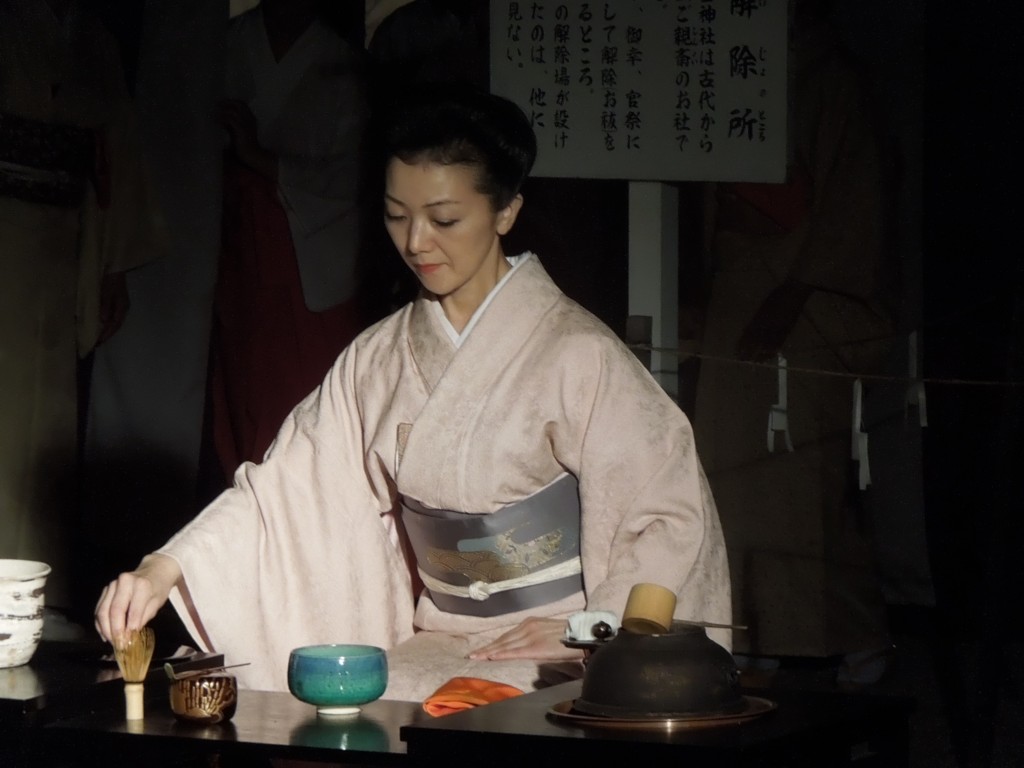
Grace and elegance characterise the tea ceremony
Sitting among the blooming reds, pinks and whites of the ume plum blossoms while being served by dainty geisha in formal kimono and white make-up can make one understand the cultural concept of ichi-go ichi-e—one chance, one meeting—which is the feeling best associated with the tea ceremony. A superb Japan moment!
• When to go: The event has a religious service starting at the main shrine at 10am. The tea ceremony is from 10am–3pm.
• Tickets: Official advertising states advance tickets sold only at the shrine are required to participate in the nodate, with tickets going on sale for the first 3,000 people from January 25. But tickets, costing ¥1,500, are also sold on the day of the event and the lines are much shorter after 1pm.
• More fun: For total immersion in old Japan also on Feb 25, Kitano has their monthly flea market where one can buy silk kimono for a bargain price, admire antiques and purchase tasty street food as you shop.
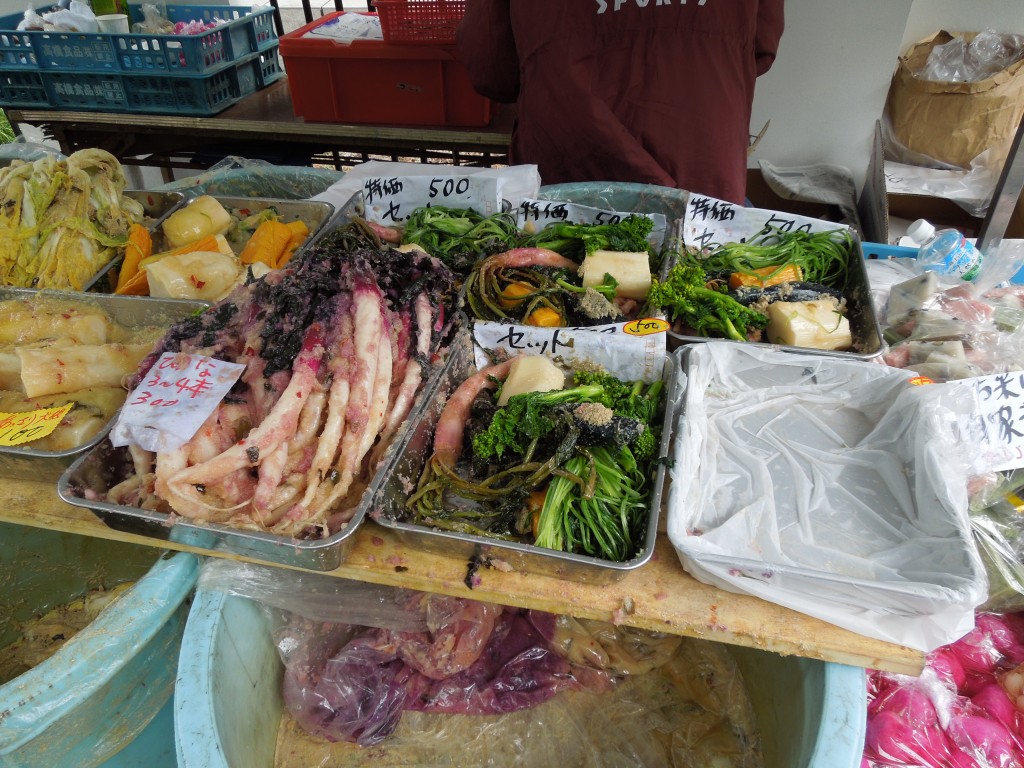
On the 25 of every month a flea market known as Tenjin-san is held, which features food as well as bric-a-brac
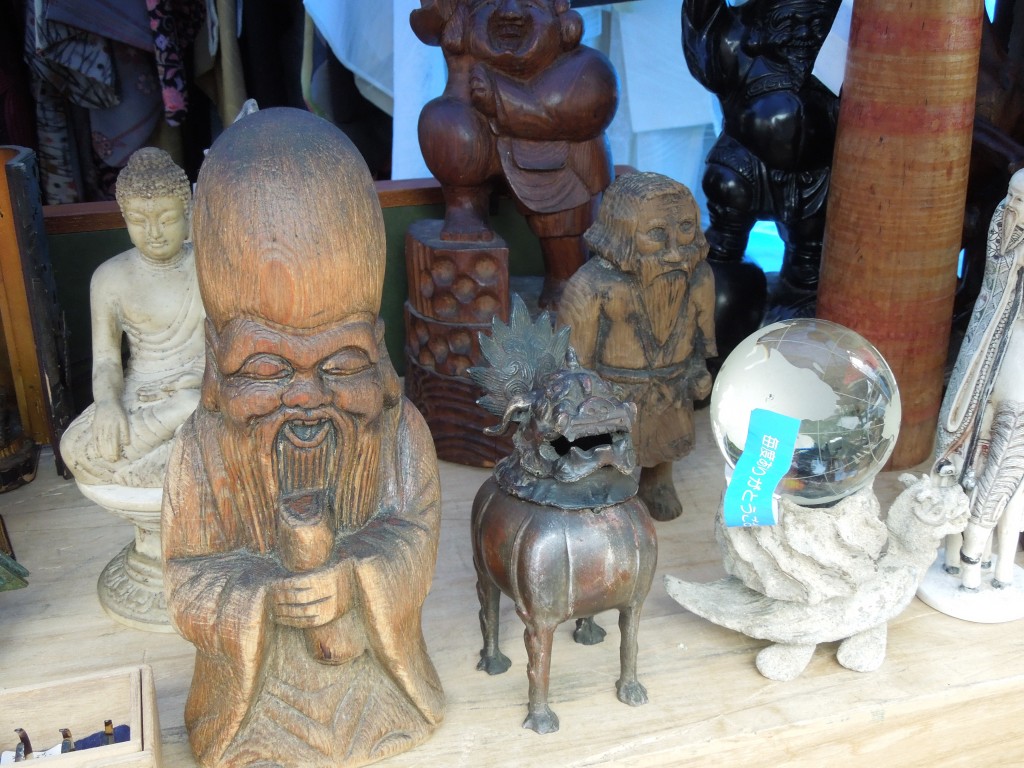
Some of the items on sale are antiques or religious artifacts
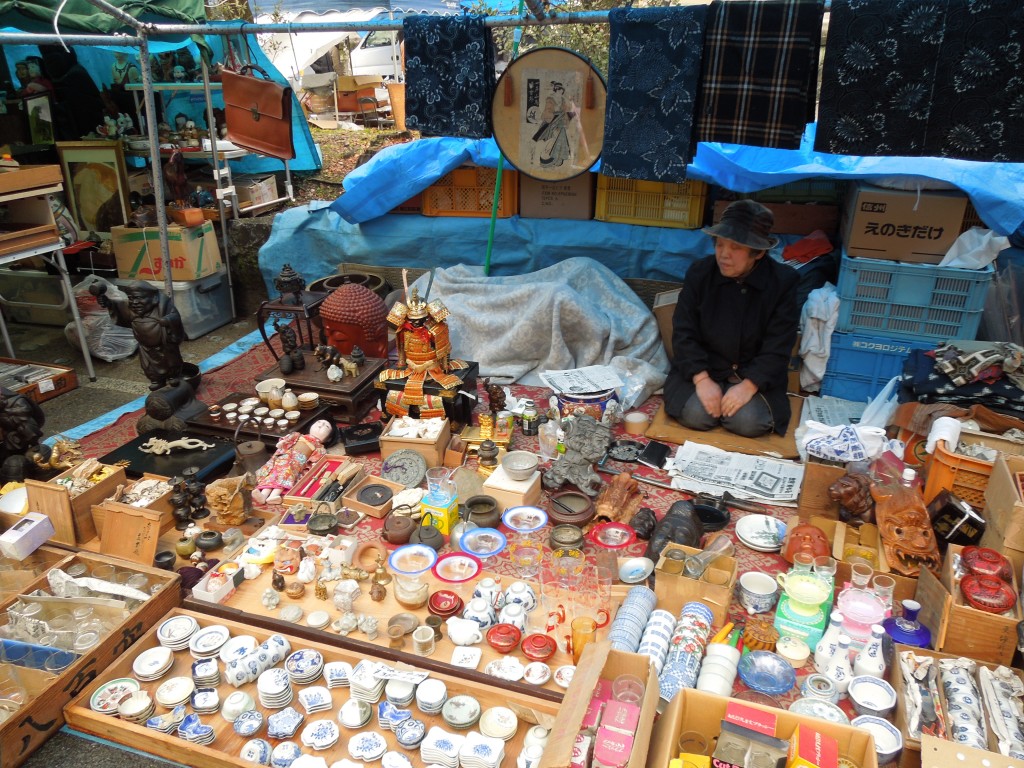
Some of the stalls are laid out in a manner that is almost an artwork in itself

Leave a Reply